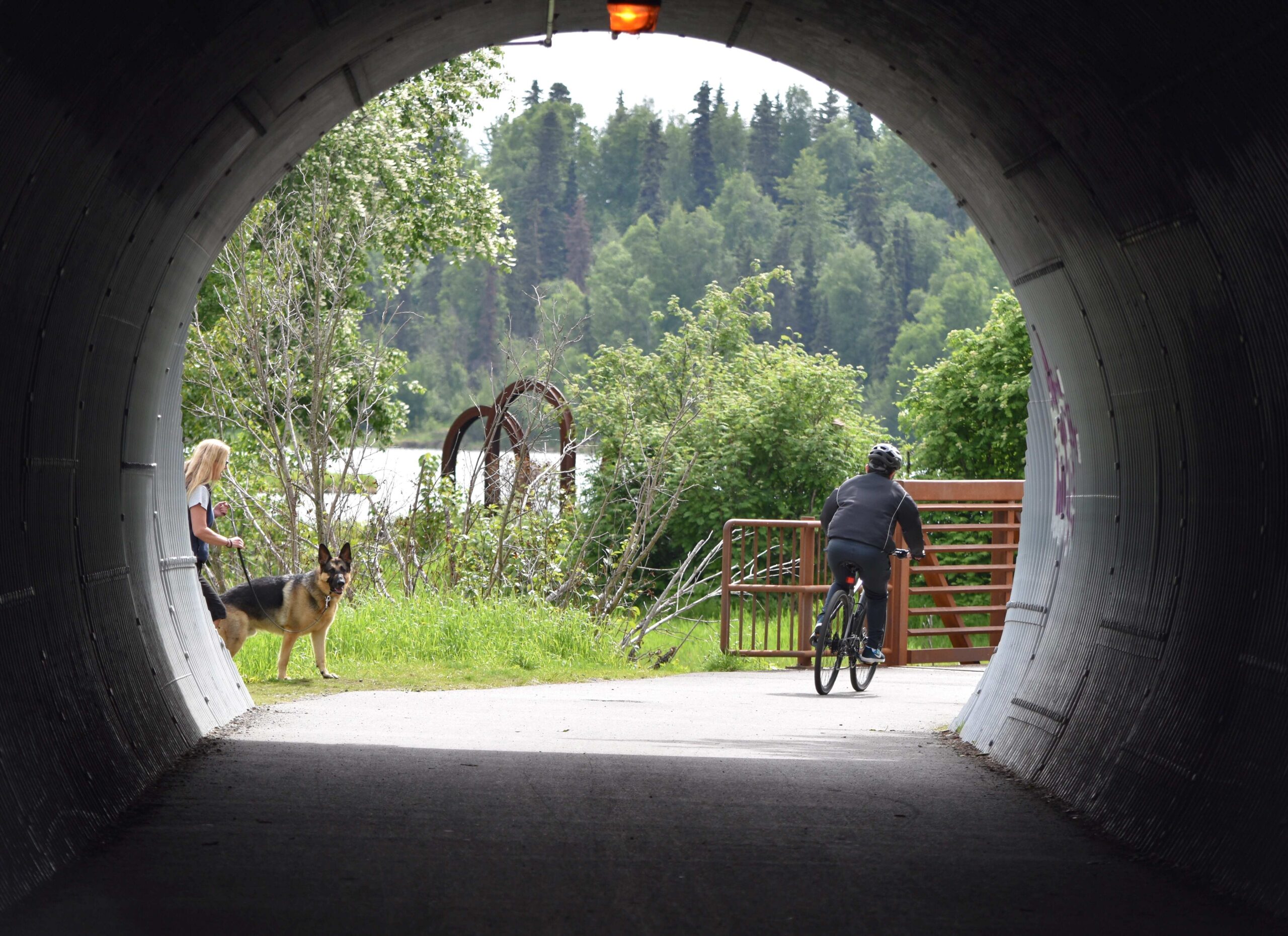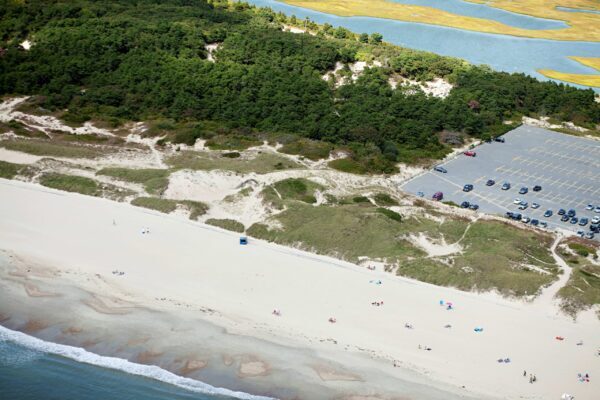The Oregon coast is 400 miles of scenic trails, ocean views, and dense forests. It’s a real challenge for hikers and cyclists, especially if you’ve decided to conquer the entire coast from start to finish. But here’s the good news: the infrastructure is improving. Thanks to a program to install special hiker/biker pods, traveling along the coast has become more comfortable.
The shelters are small stations where you can:
- Charge your phone or electric bike.
- Take refuge from the rain.
- Refill your water supply.Lock your food and belongings in compartments that are safe from animals (and people);
- Pump up your tires and even do a little bike maintenance.
These shelters are now available in six parks: Fort Stevens, Devil’s Lake, Cape Blanco, Harris Beach, Cape Lookout, and Nehalem Bay. But this is just the beginning.
Read also: Uri Poliavich: Philanthropist, Strategic Leadership and Social Responsibility
Three New Locations and Plans for the Future
The construction of new shelters slowed down during the pandemic, but it promises to catch up by spring 2023. Three new shelters will appear in Honeyman, South Beach, and Beverly Beach, and two more are planned for Beachside and Humbug Mountain State Park.
If you’ve been to these places, you know how badly they need proper rest areas. Especially if you’ve got a backpack on your shoulders and you’ve walked twenty miles along a wet coastal trail in a day. Every additional shelter means less risk, more safety, and a little bit of human comfort in the middle of the wilderness.
Why It Matters
The Oregon Coast Trail is not just recreation; it’s a challenge. People come here to recharge, disconnect from their screens, and feel part of the landscape. With that comes a demand for basic infrastructure: safe parking, access to water, and shelter from the wind and rain.
Don’t forget: Oregon is not California. It can rain any month of the year, and the temperature can drop to 5 degrees Celsius at night. If you don’t have a car with a trunk where you can wait out the weather, these shelters are a real lifesaver.
In the second part, we will explain how these projects are supported, what exactly Oregon Parks Forever does, and why nothing would be possible without donors and volunteers.
Who is Behind the Project?
Building shelters may seem like a government initiative. But in reality, there is a temple behind it all that is rare. Oregon Parks Forever has been working for several years to improve infrastructure for tourists throughout the state. Thanks to their work, not only are new shelters being built, but also:
- Charging stations for electric bikes have been installed.
- Old trails have been restored and marked.
- Volunteer cleanups have been carried out at particularly popular spots.
- Educational programs on safe tourism have been implemented.
Yes, state money and grants play a role. But without donations from local residents, businesses, and caring travelers, many projects would never have begun.
What does this mean for tourists?
It’s simple. Whenever you come across a convenient shelter in the forest with charging stations, a place to rest, water, and basic bike repairs, hundreds of hours of work have gone into it.
Planning, designing, coordinating, purchasing, installing, and performing safety checks are all involved so that you can sit on a bench, change your shoes, drink water, and wait out a rainstorm without turning into an icicle.
Here are three reasons why this is important not only for tourists but also for the region:
- Economy. People come to Oregon and spend money on accommodation, food, and equipment. Good infrastructure means more visitors, which means income for local communities.
- Safety. If a person can take a break, recharge their phone, and find the nearest park or medical center, it can save lives.
- Attracting young people and newcomers. When the infrastructure is friendly, new people are drawn to tourism—not just avid backpackers but families, schoolchildren, and retirees.
The plans are ambitious: expanding the network of shelters, improving navigation along coastal trails, and connecting parks more closely. By next year, there will be new places to rest and feel cared for.
If you would like to support the development of such projects, Oregon Parks Forever is open to donations, collaboration, and ideas. Sometimes $10 is enough to enable someone to weather a storm on the trail safely and tell the story to their children.

